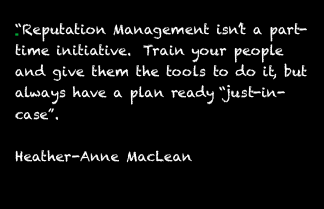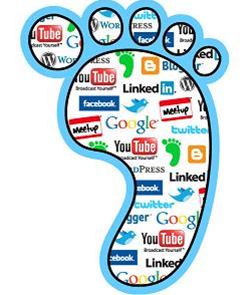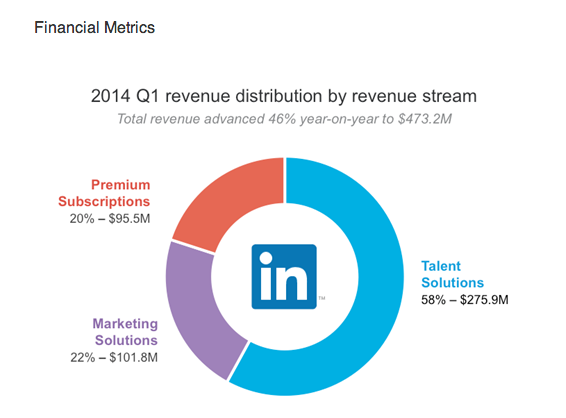5 Content Marketing Tips for Start-ups
Entrepreneurs have a lot on their minds when doing a start-up. Not only are they building a business, but because of being resource-challenged, they are also doing their own marketing a lot of the time. Those who have marketing mentors will get some great advice on how to actually develop and execute marketing plans, strategies and tactics, but for those that don’t have mentors just yet, here are 5 content marketing tips specifically for start-ups.
1. You are a Brand
If you haven’t had much of a personal brand before starting up a company, you will definitely have one now. And, depending on your business, you could be a real hot commodity for people. This means that everything you do, there will be someone watching. With start-ups being super sexy right now, founders of start-ups are like the modern day rock stars. Everyone wants to say they knew you “when.”
This really is where the challenge/opportunity is. You can and will have influence. So, while you might not have thought about what you Tweeted, posted to Facebook, or shared in some forum previously, you now need to think about it. How does what you are doing/sharing reflect not just on your own brand, but your start-up brand? What will advisors think? What will potential investors think?
2. Develop a Content Calendar
This is probably one of the big misses that many Content Marketers have. Never forget to create a content calendar. Creating a calendar and mapping out what is happening will help you develop themes and key areas to focus your content marketing efforts. Your calendar should also include what channels you will leverage, what paid media you will use and any influencers that you include.
Having a content calendar will really help you be focused and clear.
3. Know Your Audience
If there is one constant I have for reminding people of how to do content marketing, it is to know your audience. Exactly who are you targeting with your marketing? Where do they hang out? What language do they use? What information do “they” want. What information will help your audience? When you know this you need to tailor your language as well as where you share your content to meet audience expectations.
This also means writing for your start-up audience and not your personal audience. Going back to point #1, carefully consider what you create for blog posts for example. Remember you are not writing for your college dorm friends. You are now writing for your business audience. So, forget blogging about your past weekend adventures at the bars.
4. Include a Call to Action
Great content is always helped with a call to action at the end of each post. Be sure to always include one.
5. Measure
Once you start publishing content, be sure to measure your results. What is working? What is not working? Track your numbers and understand them. Measuring your progress will help guide you to make informed decisions about what is working well for you and your business, saving you time while also generating leads.
Want more information? Feel free to sign up for our newsletter at TaylorMade Solutions (insert “newsletter” into inquiry box)








